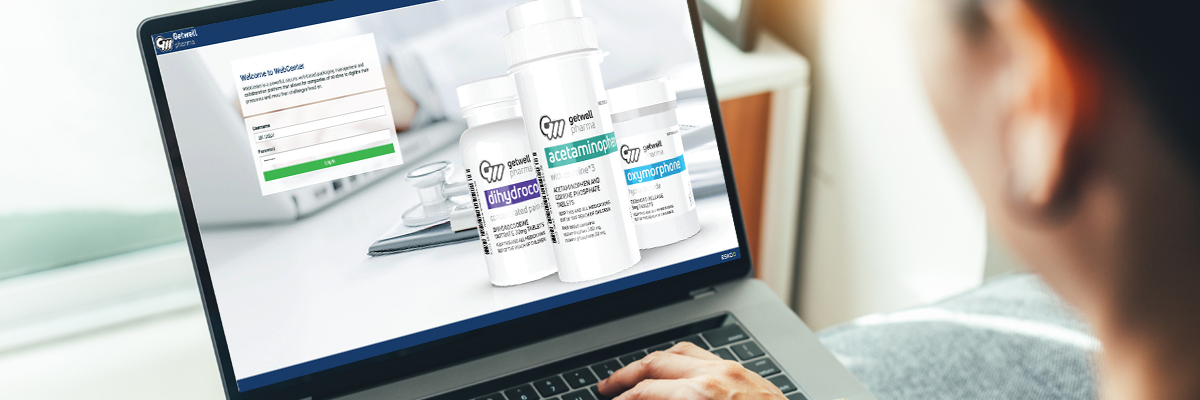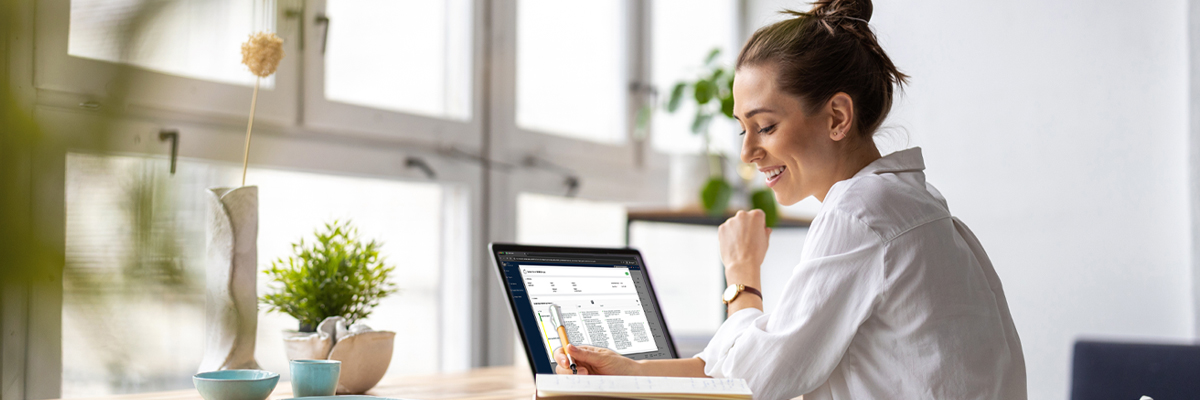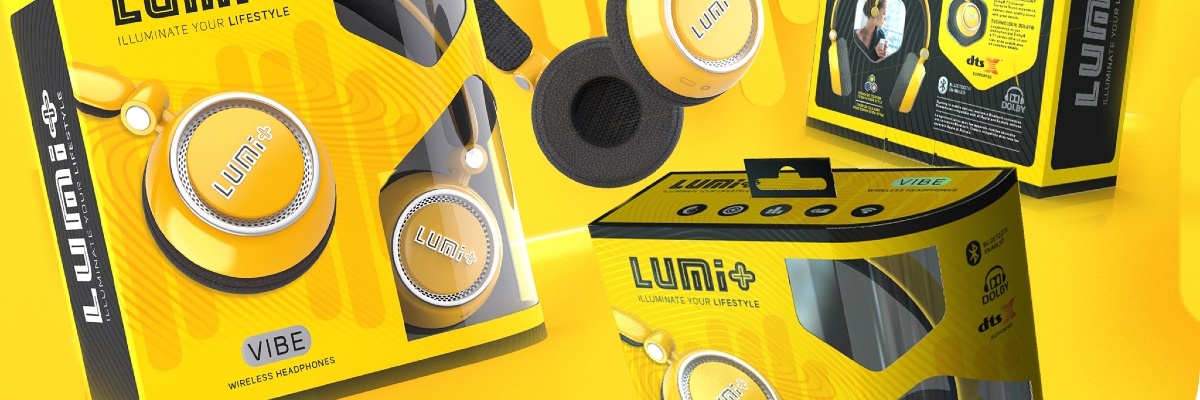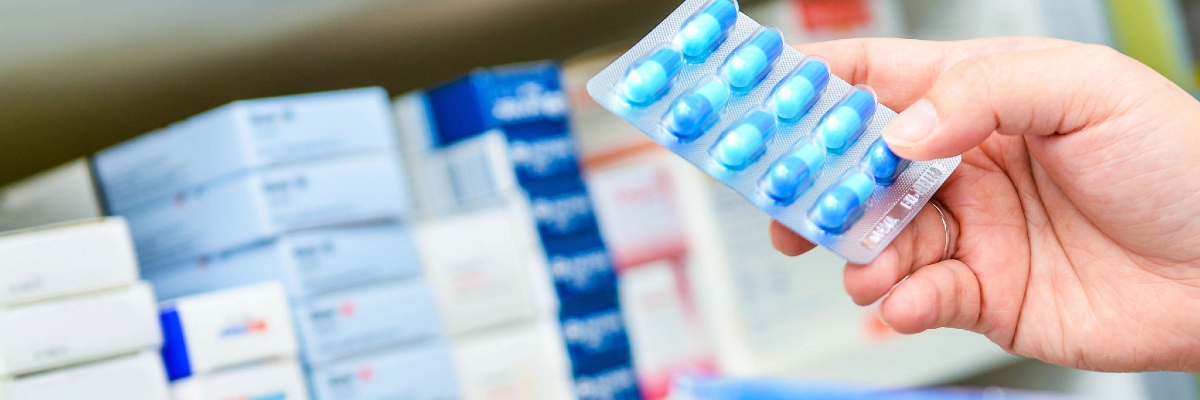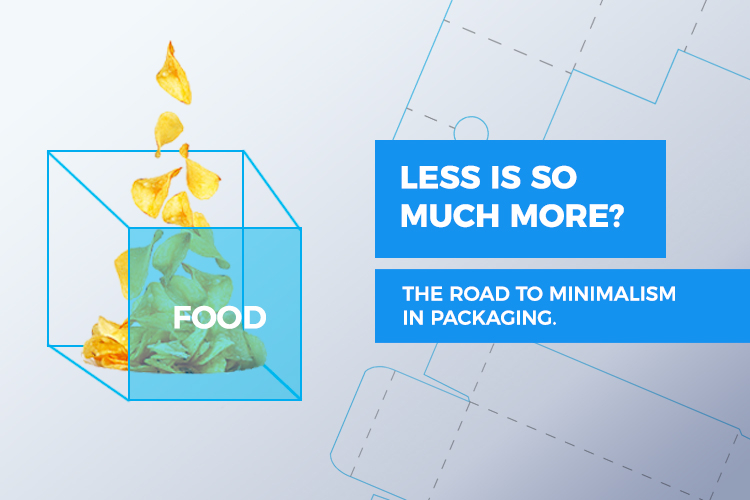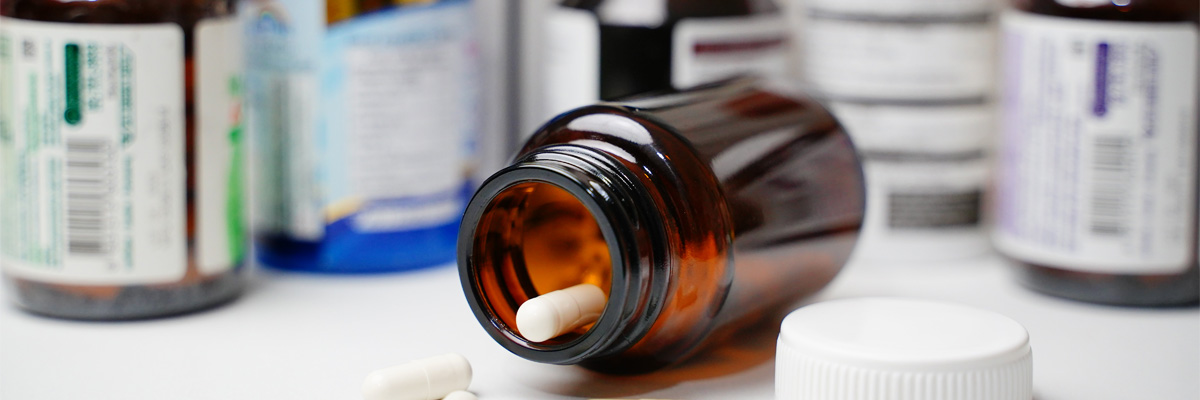That First Moment of Truth (FMOT) — or the first 3 to 7 seconds in which a potential customer encounters your product on a store shelf — is critical.
A product with great packaging can make the FMOT compelling — perhaps enough so to create a conversion.
While a lousy package will all but doom the FMOT, and your brand will not even make a lasting impact on the consumer — let alone lead to a conversion.
Taking this into consideration, you can easily make the argument that packaging IS your product.
The right packaging will not only catch the eye of consumers, but it will also differentiate your product from your competitors. A strong package will also act as a marketing tool, telling the consumer what your brand is all about.
Finally, good packaging creates brand recognition. If a consumer doesn’t purchase your product, but they can still recognize it from the opposite end of the store aisle, that’s a win in its own right.
To help illustrate the power of packaging, here are six companies that have nailed their package branding and designs.
KIND – Getting a Sneak Peek
When your product looks delicious, why hide it behind a wrapper?
KIND is one of the top players in the snack bar market (according to the New York Times, they are the third-biggest snack bar maker worldwide, behind Nature Valley and Clif Bar).
One of the keys to their success has no doubt been their packaging.
Their wrapper can be split into two portions. First, there is the branded side that features its colorful but straightforward logo.
Then, there is the transparent part of the wrapper, which gives consumers a glimpse of the actual product (not an airbrushed, photoshopped image) before they even open the package.
In a crowded marketplace, KIND’s packaging has helped them stand out.
Chobani – Incorporating Functionality into the Design
Chobani has always been seen as an experimental yogurt brand. There recent rebranding proves this.
Another example of how Chobani has bettered its products and stood out from the competition is there Flip cups. The Flip packaging is a prime example of how to integrate some functionality to your packaging design.
The package allows for the user to easily pop the toppings onto the yogurt with ease, while still maintaining the shape of a standard yogurt cup.
It’s a nifty little idea — and innovation like this has made Chobani one of the top yogurt producers, as they recently passed Yoplait to become the leader in U.S. yogurt market share.
Oxford Pennant – Deliveries Have Never Been so Fun
Receiving a package in the mail is one of the top ways to stimulate dopamine release in the brain.
Okay, that’s not actually true, but still, when something you ordered finally arrives, it is definitely a great feeling.
Oxford Pennant — a designer and manufacturer of vintage wool and cotton pennants — capitalized on the love for delivery with their latest packaging design:
Yup, they had someone illustrate photos and videos of their customers with their pennants and featured them on their packaging. The packages also feature hand-written notes, which is a fantastic way to say thanks and to let your customers know you appreciate them.
Talk about using packaging to create a connection with your consumers!
Coca-Cola – Personalized Packaging
Oh, you thought we were going to get through this list without featuring Coca-Cola’s famous “Share a Coke” campaign? Think again!
The messaging behind this campaign was a good one: share a Coke with somebody easily translates to, “spend time with those you care about.”
It’s a safe, wholesome message that works well with such a familiar brand that is often associated with being young and nostalgia.
It was also brilliant to incorporate the messaging into their packaging, which was simply to place names on their bottles below the phrase “Share a Coke With…”
Not only did this packaging campaign help bring consumers to the soda aisle searching for their friend’s names or their own, but it also helped create a more personal relationship with their customers.
Since the original roll-out of this campaign, Coca-Cola has added new names and even song lyrics to their packaging.
Just how much does Coca-Cola care about their packaging? Well, they went as far as to collaborate with Pantone to create their own custom color, appropriately named “Coke Red”.
RxBar – Transparency is Key
Another health and wellness bar featured on this list, RxBar wasn’t always a big hit with their target market.
In fact, the company was desperate to increase sales and partnerships with retailers that they completely overhauled their brand in 2017 — including their packaging.
Their once noisy wrapper is now clean, sharp and to the point — listing the ingredients front and center.
The results: an increase in sales from $6 million in 2014 to $130 million in 2017.
According to this Inc. Magazine article, since the redesign, Rxbar has become the number three wellness bar at natural-food retailers.
When asked where the company was on that list before the rebrand, RxBar co-founder Peter Rahal says, “Bottom of the barrel — nowhere.”
The lesson here? If you claim you’re a healthy product, make sure your packaging clearly conveys that.
Also, sometimes less is more.
Carlsberg Breweries – The Importance of Sustainability
Carlsberg Breweries, located in Denmark, made news in 2018 for their six-pack packaging that didn’t use plastic wrapping, but instead glue to hold the cans together.
According to their website, their new packaging will “reduce the amount of plastic used in traditional multi-packs by up to 76%.”
The announcement of this new sustainable packaging was met with applause and Carlsberg has now proven themselves as one of the leading sustainable beer companies in the world (image courtesy of Carlsberg Brewing).
Dare to Be Different (And Creative) With Your Packaging
The common theme between all these brands is that they truly thought outside the box in terms of what is possible with packaging.
Brands that play it safe with their innovation — whether it be the product itself or the packaging — are doomed to be passed by their more ambitious and forward-thinking competitors.
So, next time you see sales stagnant, maybe it isn’t your product as much as it is your packaging.
But then again, there isn’t really a difference between the two.



